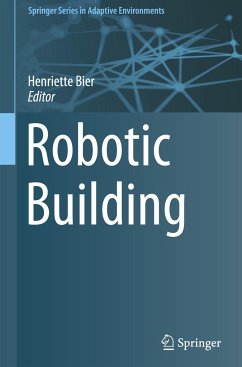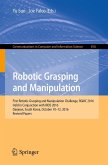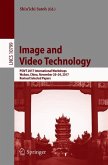The first volume of the Adaptive Environments series focuses on Robotic Building, which refers to both physically built robotic environments and robotically supported building processes. Physically built robotic environments consist of reconfigurable, adaptive systems incorporating sensor-actuator mechanisms that enable buildings to interact with their users and surroundings in real-time. These require Design-to-Production and Operation chains that are numerically controlled and (partially or completely) robotically driven. From architectured materials, on- and off-site robotic production to robotic building operation augmenting everyday life, the volume examines achievements of the last decades and outlines potential future developments in Robotic Building.
This book offers an overview of the developments within robotics in architecture so far, and explains the future possibilities of this field. The study of interactions between human and non-human agents at building, design, production and operation level will interest readers seeking information on architecture, design-to-robotic-production and design-to-robotic-operation.
The chapter "Robotic Building as Integration of Design-to-Robotic-Production and -Operation" of this book is available open access under a CC by 4.0 license at link.springer.com
This book offers an overview of the developments within robotics in architecture so far, and explains the future possibilities of this field. The study of interactions between human and non-human agents at building, design, production and operation level will interest readers seeking information on architecture, design-to-robotic-production and design-to-robotic-operation.
The chapter "Robotic Building as Integration of Design-to-Robotic-Production and -Operation" of this book is available open access under a CC by 4.0 license at link.springer.com








